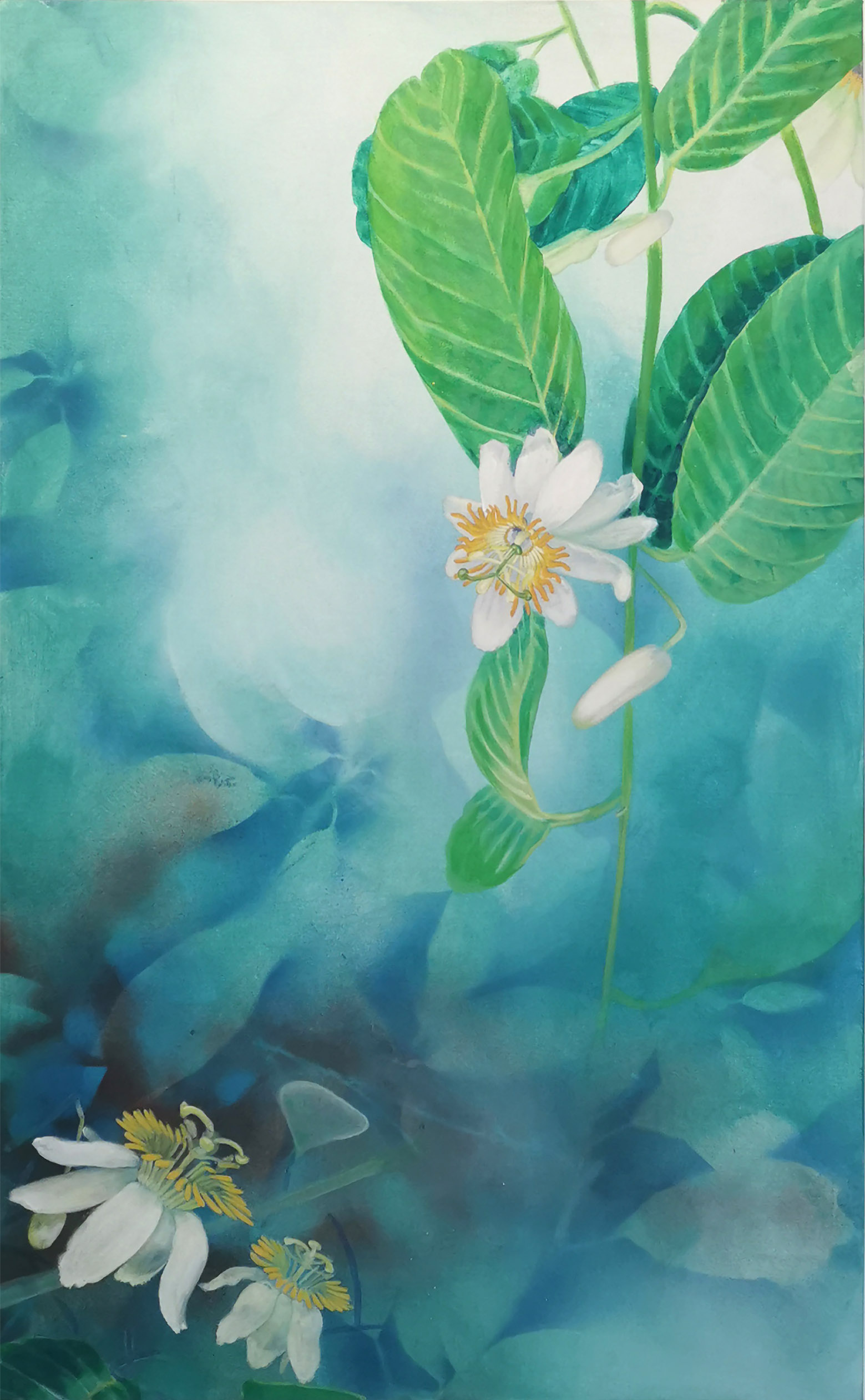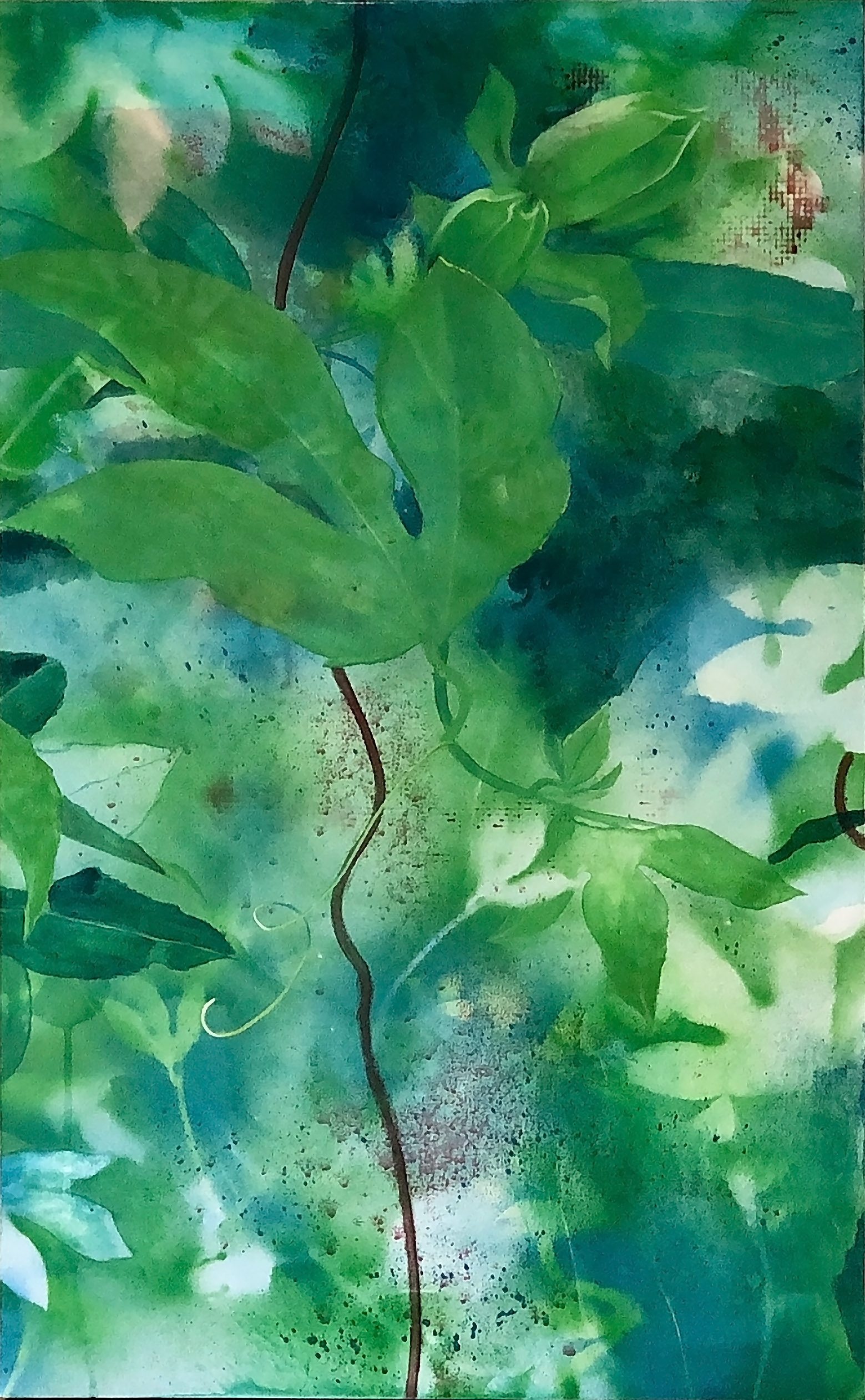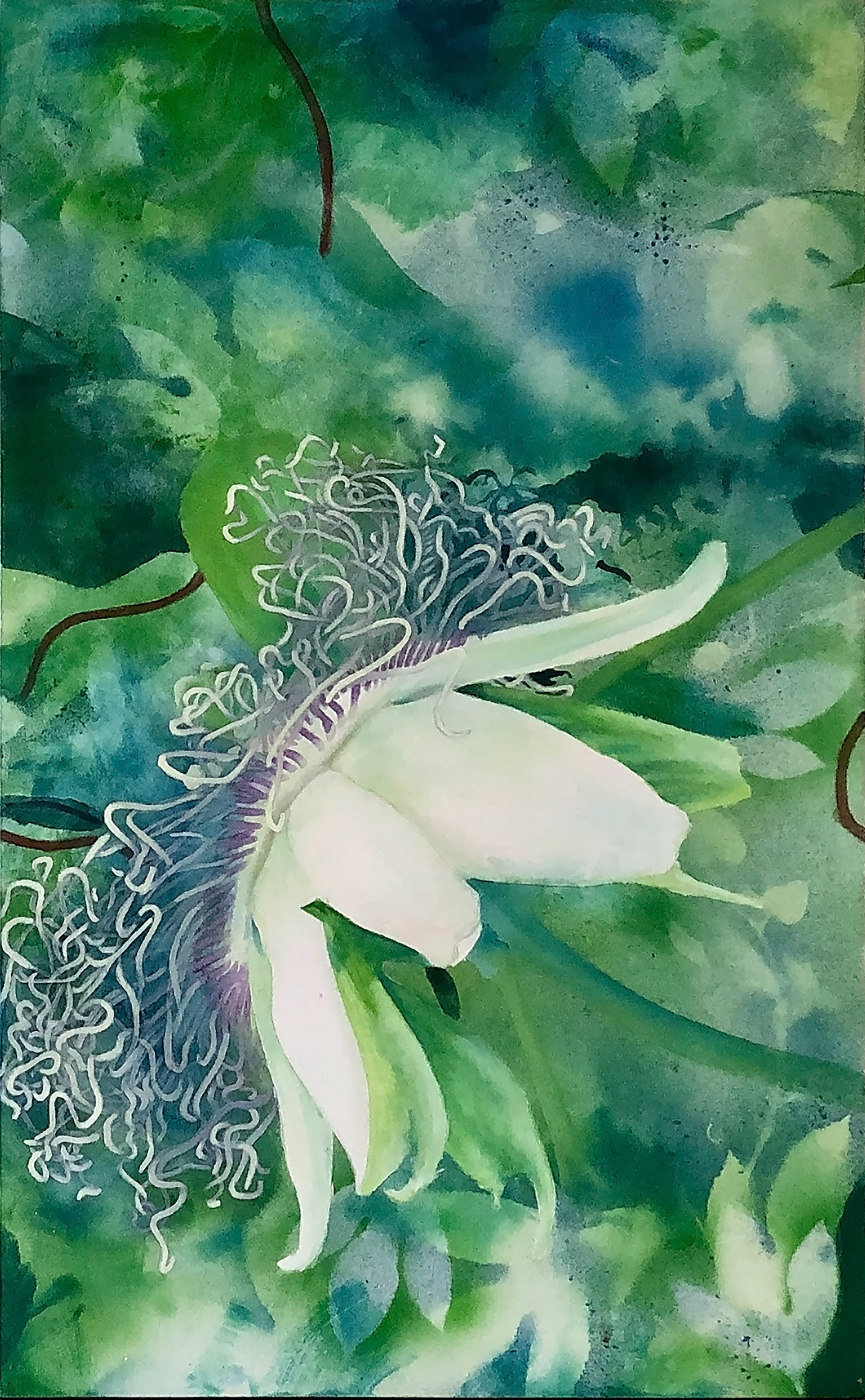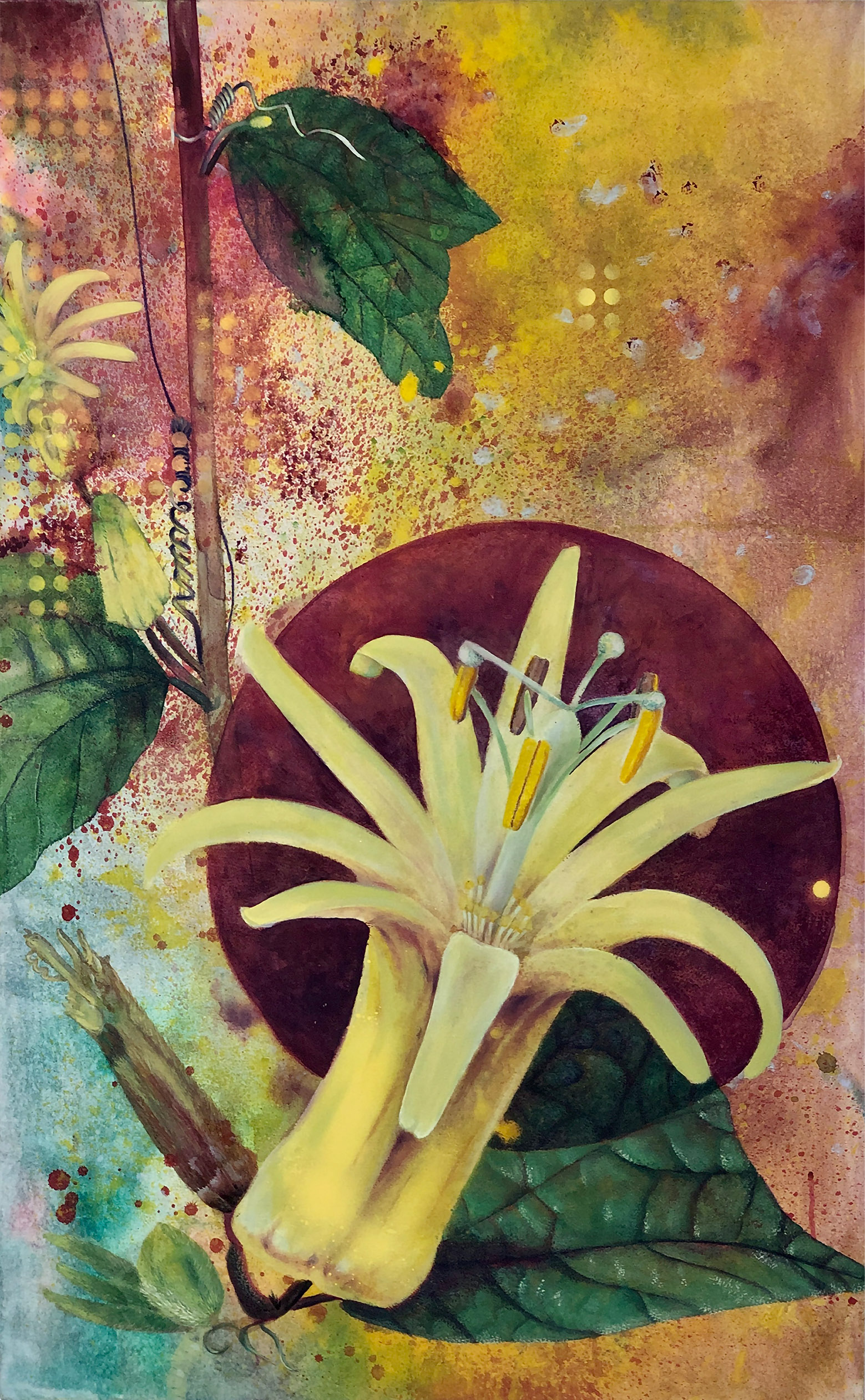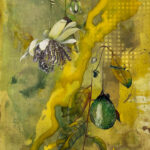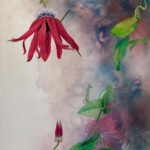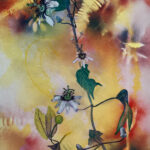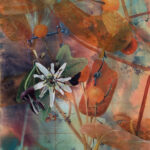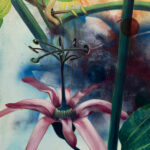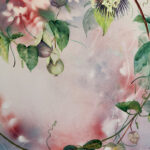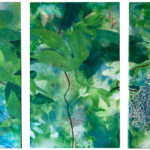PASIONAL
Passifloras, also known as “passion” flowers, are a genus of plants belonging to the Passifloraceae family. Its name, allusive to passion, for me has an additional relevance to its condition of beauty, and is the load of meaning that places us in that variety of intense emotions of passionate desires and everything that provokes us with fervent enthusiasm.
Much of its variety of species are a food source, with wonderful edible fruits: granadilla, curuba, badea, gulupa, passion fruit among others. However, I think that, with them, one is not only nourished by what one eats, but also by what one feels, sees and learns. Their processes of growth, continuous improvement and vehemence to live make these species a source of constant inspiration as an artist and as a human being.
Pasional is my creative response to the essence of these vines with the certainty that we can learn from them: to grow and improve not only from the individual but as part of a whole, connecting us with its significance as a sacred plant, which today, independent of religious beliefs, allows us to establish a connection with the divine.
Kind regards,
Ser Jiménez
PASIONAL
The Passion series by Ser Jiménez reminds us that meeting a passiflora is always a gift of life because besides their beauty, they provide us with delicious fruits such as curuba, gulupa or chulupa.
The word passion comes from the Greek, pathos, and means feeling and emotion. It is said that the name, passiflora, alludes to the passion of Christ because the Jesuit missionaries who arrived in America at the beginning of the 17th century identified some parts of the flowers with religious symbols of the Passion: the crown with the crown of thorns, the tendrils with the whip and the styles with the nails. In the Middle Ages the term passion began to be understood as strongly linked to the physical suffering of Christ on the cross, which was later extended to the martyrs and to human pain.
The idea that passion is an intense and dominant emotion or desire comes from the late 14th century when it was related to suffering, endurance, love, joy, pain, hope and sadness. I prefer to think of its name as related to the passion that inspires Ser, the way passifloras cling to keep growing, the complexity and beauty of their flowers, the variety of their leaves and the pleasure of having edible fruits.
In Ser’s paintings, the passionflowers appear clinging to their tendrils while their vines hang and protrude from barely hinted thickets; the focus, however, is on the delicacy of the details that allow us to recognize some of the varieties that are known: flowers with few petals and many stamens such as Passiflora azeroana; recently discovered species such as Passiflora pitalensis, and flowers that until recently were thought to be extinct such as Passiflora cremastantha with its pink petals.
The interest in description and emotion that Ser’s paintings communicate bring to mind that to understand the magic of reality we need to move between sensitive and passionate observation, which is associated with the arts, and the exact knowledge of the sciences.
Now exhibited at the Caldas Museum, the flowers of passion, an emblematic species of the Botanical Expedition, make us think about the close relationship between freedom and the study of flora, since many painters who were part of the Botanical Expedition participated, along with scientists and thinkers such as the wise Francisco José de Caldas, in the independence movement and died for its cause.
María Clara Cortés
Profesora del Instituto de Investigaciones Estéticas de la Universidad Nacional de Colombia
On the other hand, Ser Jiménez is a specialist in Combined Artistic Languages at the UNA, a visual artist graduated from the National University of Colombia and was a doctoral student in Art at the National University of La Plata, Argentina. He believes in art as a creator of consciousness and collector of knowledge, revealing what is beyond the human and stimulating essential foundations. This poetic vision inspires his contemplation of plants as exemplary beings, which he calls PHYTOTROPISM. His work has been exhibited in India, Italy, Turkey, Croatia, United States, Mexico, Chile, Colombia and Argentina. At the Florence Biennale of Contemporary Art, he received a special mention from the jury for his project.
As you well know, exhibitions are one of the main resources that the artist has to sell work, saying this: most of the works in the exhibition are available and for sale. The present valuation is for the period of this exhibition, do not hesitate to ask, just click on the request button and we can chat by whatsapp directly.
*Shipping costs are not included in the price.
Please feel free to share this page.
Emarginata
Longipes
Bogotensis
Pasional
by Ser Jiménez
Curated by
María Clara Cortés
______________
The exhibition was open until November 9.
Francisco José de Caldas House Museum
Carrera 8 # 6C – 73






